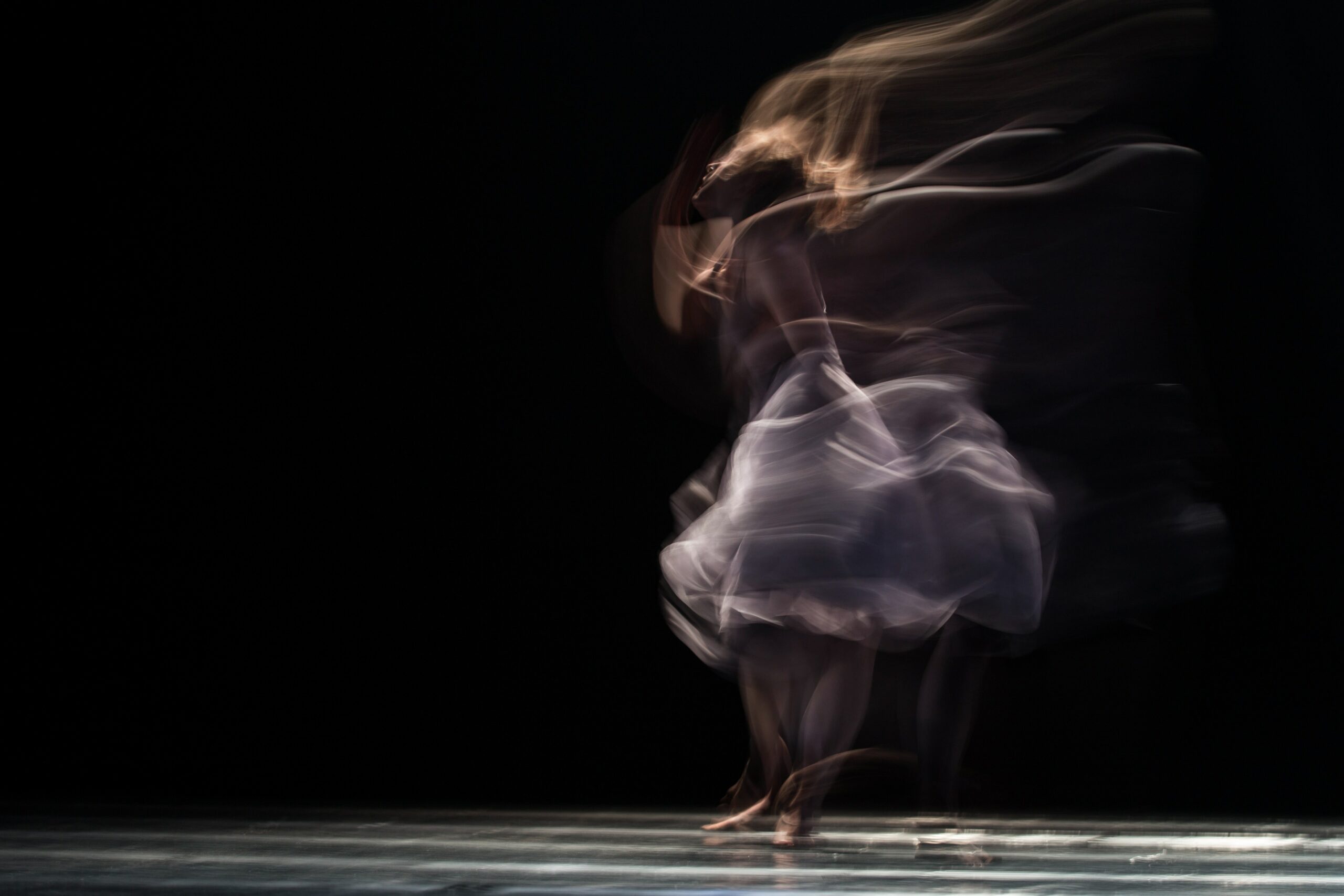
24 Aug Perfectionism as an Epidemic: Dancers and Mental Health
There is an unhealthy link between dance and perfectionism. Once seen as a positive trait, researchers are now finding perfectionism to be dangerous and linked to a long list of mental health issues. Thomas Curran and Andrew Hill’s recent study, which compares perfectionism across generations, found notable increases among recent undergraduates from the UK, US, and Canada. Perfectionism has been linked to depression, anxiety, anorexia, bulimia, and suicide. Dancers often suffer from these illnesses and there is sadly not enough help provided by the industry. Dr. Brian Goonan, who works with dancers at Houston Ballet Academy, says that the same drive to succeed that makes ballet students great may also predispose them to depression. Many have struggled with dance-related anxiety throughout their career and have noticed it in colleagues. It begs to consider the link between perfectionism in dancers and how this results in mental illness.
Dance is a relentless art
There is always another audition, performance, and critic. Dancers are often at the mercy of people who decide where our next paycheque is coming from, and whether we can afford to pay rent. The basic need for survival overpowers the love for art. This pressure is overwhelming and striving for perfection becomes a natural instinct.
Dancers’ bodies are their instruments
We spend hours looking at our bodies in the mirror, correcting flaws, perfecting lines, and sculpting muscles. This can result in an unhealthy obsession with the self, so that when a dancer is critiqued, it is internalized as a direct judgment on him/her. Dancers often go on strict diets and self medicate, in ill-fated attempts to keep their instruments at optimal levels.
Dancers are trained to see their flaws first
From the start of dance training, teachers highlight our flaws, but almost never praise us for what we get right. We, therefore, learn to focus on the worst in ourselves. My colleagues and I were discussing recently that if one part of the show goes wrong, even if the rest was brilliant, the entire performance is deemed a failure.
Dance training focuses on dancers needing to be tough
When I was completing my BFA in performance dance, a ballet teacher bragged to my class about how tough she had to be to make it as a principal dancer in a prestigious ballet company. While they were touring Europe, the company caught a nasty stomach bug; instead of canceling the performance, they employed someone to stand in the wings holding a bucket, so the company could continue performing while running off stage to throw up. This story not only highlights the harrowing problem of perfectionism in dance but demonstrates how this mentality is passed on through generations. Dancers are often encouraged to dance through pain and injuries, to “suck it up” or be left behind. This discourages dancers from speaking up when they are suffering. Afraid of being seen as weak, or losing the role of their dreams, dancers will often suffer in silence.
Ridiculous competition
From ballet exams, to dance competitions, dancers learn to be competitive at a young age. This is amplified when we start auditioning for professional jobs and realize quickly there are more dancers than jobs available. We need to be the best not only to get the job but also to keep it. Employers often tell us how replaceable we are as a threat, disguised as a way to keep us “motivated”.
The industry is failing its dancers
By ignoring this epidemic, the dance industry is continuing to create harmful practices within the art form. We need to do better. Companies and training institutions should consider seeking help from psychologists to create a more holistic approach to dance as an art. Knowledge is power, and when we can talk openly about our mental health without feeling weak or threatened, we will finally break the stigma.
